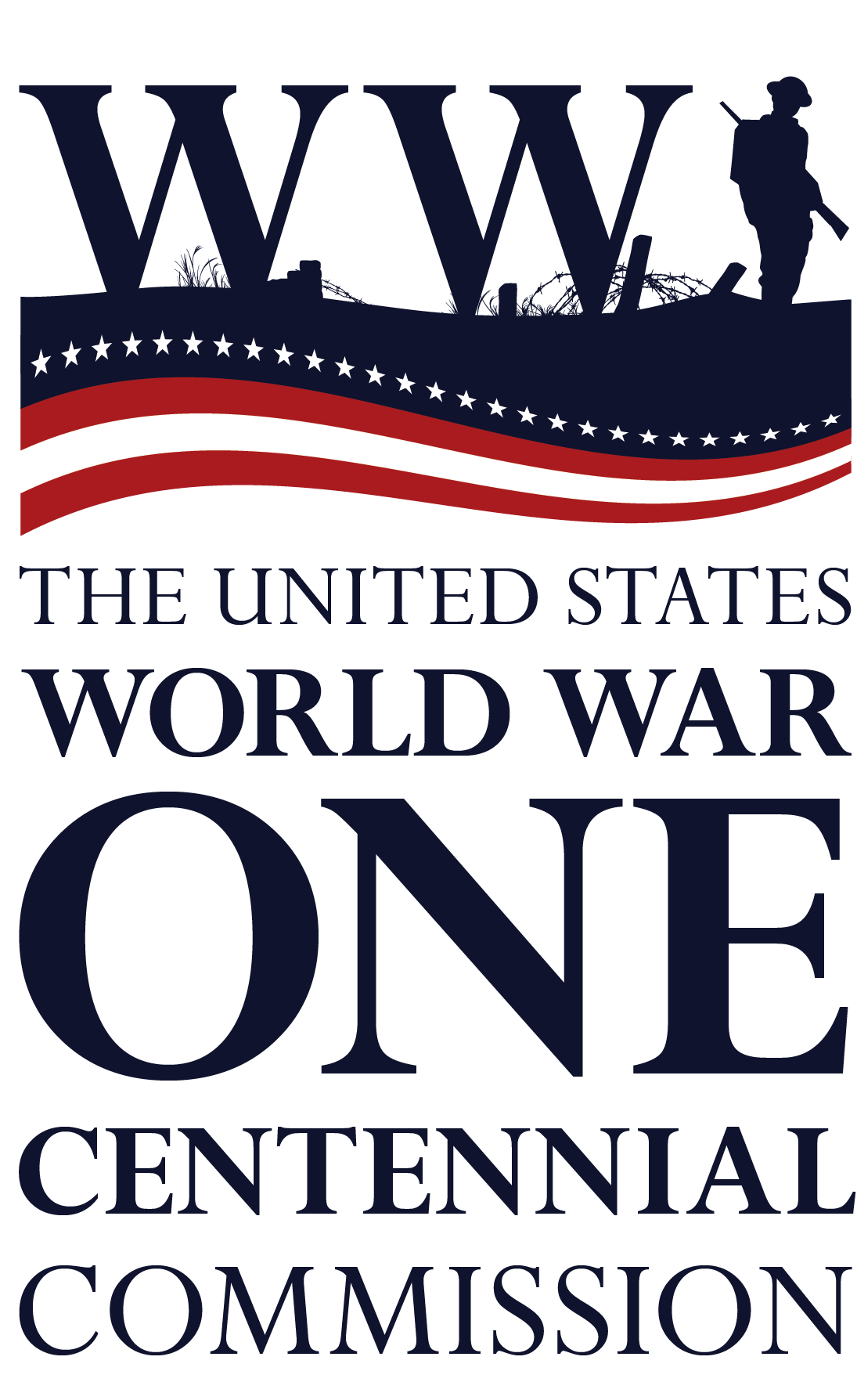*WARNING: This post contains some graphic details and descriptions drawn from contemporary newspapers that some readers may find disturbing.
As Napoleon Bonaparte’s troops trudged away from Moscow on their long and deadly retreat in 1812, among the troops that hounded them were the Cossacks of Count Matvei Ivanovich Platov. Somewhere in Platov’s ranks there was a 30-year-old Russian, who years later, as part of an effort to make his name more comprehensible to Westerners, would adopt the pseudonym “Charles Henson”.

Count Matvei Ivanovich Platov, who supposedly commanded Charles Henson, later a body servant at Rostellan Castle (William Beechey)
The passage of a decade found “Charles” in East Co. Cork, where the Irish and British staff of William O’Brien, the Second Marquess of Thomond, learned of his story in the servant’s quarters of Rostellan Castle. By now aged around 40, Charles claimed to have borne witness to the “burning of Moscow”, shortly afterwards receiving wounds to the head which still caused him frequent pain and distress. His general demeanour certainly matched that of a man who had seen too much of the horrors of war. He was described as having a “rather sullen temper” and was “easily excited to anger”. Nonetheless, he was also regarded as being of “sober habits” and “attentive to his business”. That business was being the body servant to the Marquis, a role he had taken up around 1820, when William O’Brien had hired him in Paris.
Shortly after 9pm on the night of 15th July 1822, one of Charles’s colleagues- butler Michael Bryant- was beginning to wind down after a long day. There was always much to do when family members were resident in Rostellan. He had just sat down in his room- which adjoined the Castle’s back staircase-when the silence was pierced by a violent scream. Leaping to his feet, Michael rushed out into the passage, just in time to see the Marquis’s daughter Sarah falling on the stairs near the first landing, blood on her hand. Running to her aid, he saw her assailant fleeing through the door at the foot of the staircase, leading to the courtyard. It was the unmistakable form of Charles Henson.

Napoleon looks on as Moscow burns. Charles Henson claimed to have been present during these events (Unknown German artist)
Within moments the entire Castle was in pandemonium. As shouts and roars erupted throughout the rooms, Michael Bryant led the injured Lady Sarah to the dining-room so her wound could be examined. Charles had apparently tried to stab Sarah in the chest, but she had deflected the blow with her right hand. With his charge now safe and surrounded by fellow servants, Michael set off in hot pursuit of his Russian colleague.
The noise and confusion that swept through Rostellan Castle reached the ears of Mary Cahill, one of the maid-servants. With a lighted candle in her hand, Mary headed off along a passage leading from the rear to the front of the house to investigate. As she passed the coal-hole, Charles Henson rushed from the shadows with a knife, attempting to stab her. Luckily for her, he missed, and the lunge glided by her side. Charles seemed to be wounded, and was clutching his midriff. He dashed past Mary down the corridor.

Rostellan Castle in the second-half of the nineteenth century
Michael Bryant and other members of the staff were now scouring the building for Charles. Eventually, they came to the Music Room. Opening the doors they finally came upon him, horrifically injured. Michael remembered that he was standing in a “stooping posture, with his belly cut in a dreadful manner, and his intenstines falling out about the floor”. The wounds had apparently been self-inflicted.
Lord James O’Brien, the Marquis’s brother (and further 3rd Marquis) took hold of Charles, who was said to be “speaking in an incoherent manner”. It was immediately apparent that he did not have long to live, and so he was carried back to his room. In the hours that followed, some lucidity returned, and on a number of occasions Charles expressed regret for having attacked Lady Sarah, hoping she was unhurt. He lingered on until 11am the next morning, when he eventually died.

The 1812 Battle of Borodino, one of the most famous engagements of the Napoleonic Wars. Charles Henson may well have fought there (Franz Roubaud)
Understandably, the incident caused a major sensation, and was reported in newspapers across Ireland and Britain. The Coroner’s Inquest reached the following verdict with respect to the case:
We find that the said Charles Henson came by his death in consequence of several stabs inflicted by himself on the belly with a case knife, of which he languised until this morning, and then he died. And we further find that the deceased was at the time he so destroyed himself labouring under mental derangement.
The general tenor of the reporting and the statements provided by witnesses suggests that there was genuine sympathy for Charles Henson, whose acts, at least in so far as was recognisable in the 1820s, had seemingly come out of the blue. That was likely of small comfort to Lady Sarah and Mary Cahill, who both had to live with the mental scars of the attack. The pains in the head of which Charles had frequently complained were retrospectively seen as a possible contributing factor to his behaviour that night. Perhaps they were, and perhaps Charles was also suffering from what we now recognise as Post-traumatic Stress Disorder, reliving in East Cork the horrors of campaigns and battles that had occurred thousands of miles away on the approaches to Moscow.
References
Freeman’s Journal 23 July 1822.
The Times 24 July 1822.


